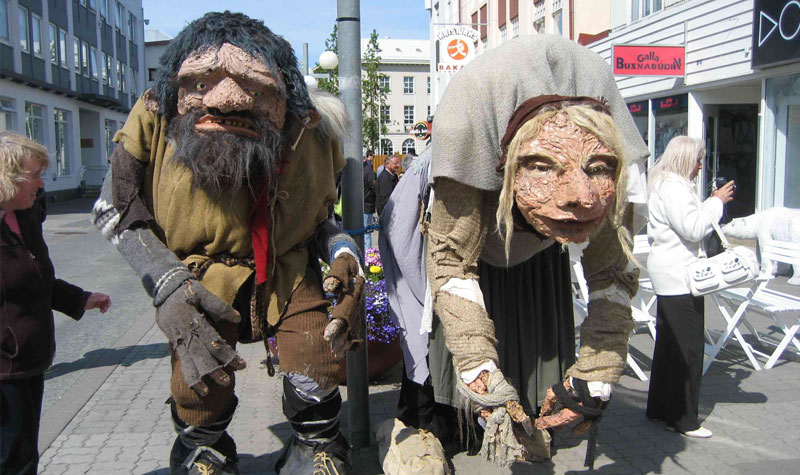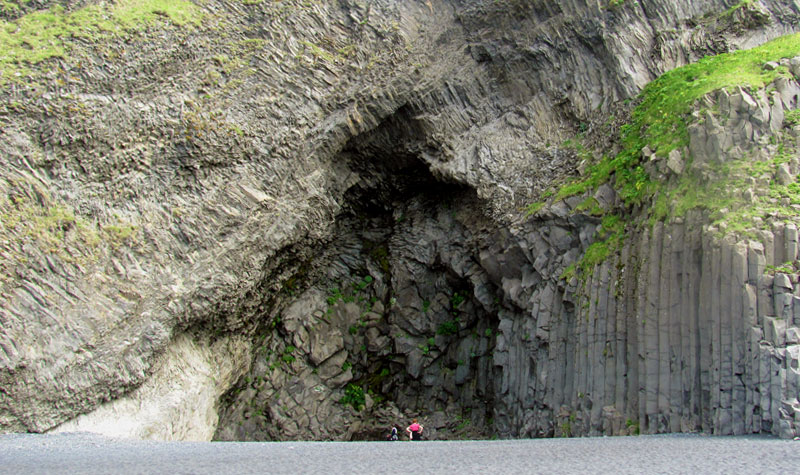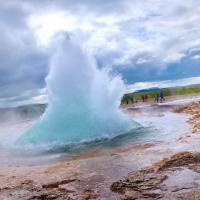The Holbrook Explorer

Why Iceland is Primed for Educational Travel
Why Iceland is Primed for Educational Travel
Iceland is surging in popularity among travelers, and for good reason. The country offers volcanoes, glaciers, and waterfalls, plus history, culture, and more, all within a relatively small area. Moreover, there are a wealth of topics for academic study. So what does Iceland’s recent tourism boom mean for educational travel groups? Will rising prices make it out of reach?
Jennifer Bruck and Nicole Sullivan from Holbrook’s operations team recently returned from conferences in Iceland, where they met with local experts and suppliers, plus spent several days exploring southwestern Iceland.
“Iceland is a great place for students and educators to see concepts of climate change firsthand,” says Jennifer. “Evidence of global warming is very prevalent – you can actually see where glaciers have receded, compared to where they used to be.”
Iceland’s location at the juncture of the North American and European tectonic plates makes for a unique biological setting. Also, Viking heritage and the Icelandic language make Iceland an incredible classroom to study folkloric sagas, considered to be some of the world’s greatest literature.
 Trolls
Trolls
Photo by David Stanley
Offsetting price increases
On the heels of a financial crisis that began in 2008, Iceland is experiencing an economic bounceback. A 30% annual increase in visitors for the last four years has made tourism the #1 industry, with higher demand leading to higher prices in many cases. In addition to rising hotel prices, Jennifer and Nicole found rising costs of guide and driver services, and the gap is closing between the traditional “high” and “low” seasons.
The price increases don’t necessarily mean Iceland is beyond reach for the education market. Jennifer says travelers who are willing to use guesthouses with shared bathrooms can save significantly. Students groups are often more willing to make picnic lunches or have 1-2 course meals instead of 2-3 course meals. Using small, non-chain hotels not only cuts costs, but opens up opportunities to meet locals for a more enriching experience. And cheaper flight options from new, low-cost carriers can also help offset increases elsewhere.
 Reynishverfi-Beach
Reynishverfi-Beach
Photo by Lisa Palmese Graubard
New, Affordable Itineraries
Travelers can also save costs by visiting less-touristed areas that are highly impactful for learning and discovery. Holbrook is one of the few travel providers that offers new, off-the-beaten-path itineraries that are specifically designed for academic institutions. For example, “Iceland: An Earth Science Adventure” is only $3295 for 9 days, including all meals and no cost for educators.
 Seltun
Seltun
Photo by Johan Wieland
Educational connections
Iceland is ideal for studying plate tectonics, volcanic systems, rock formations, geological history, and human geography, not to mention environmental science and alternative energy production: The country is a pioneer in geothermal energy and hydropower, with almost 100 percent of its electricity coming from renewable sources.
 Þingvellir
Þingvellir
Photo by Jim Mills
Why now?
Price increases notwithstanding, travelers also benefit from these changes. “The economic growth has really helped the country as a whole,” Jennifer says. “One example would be that country hotels are able to grow, and can afford to build staff housing which helps keep turnover down. The infrastructure is in place and I got the impression tourism runs pretty smoothly.”
Jennifer’s advice is to make travel plans further in advance. Now is the time to lock in 2018 trips, but also not too early to consider 2019.


